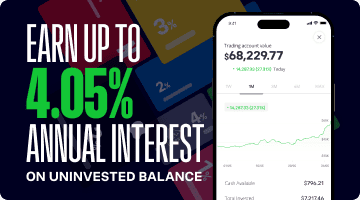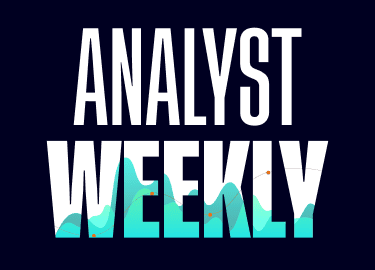Analyst Weekly, July 28, 2025
Markets just got a breather: the US and EU inked a last-minute trade deal that dodges a tariff war and unlocks $1.3 trillion in cross-border commitments.Meanwhile, July’s rotation rally picked up steam, with homebuilders, materials, and mid-caps breaking out, and now all eyes are on Big Tech, Big Oil, and Big Pharma as a stacked earnings week kicks off.
The US-EU Trade Pact: 15% Tariff, $1.3 Trillion in Commitments
The US and EU have reached a high-stakes trade agreement that averts a damaging transatlantic tariff escalation just days before a critical August 1 deadline.
Here’s what we know:
Key Deal Details
- Tariff Avoidance: The EU avoids a potential 30–50% tariff hike by accepting a 15% blanket tariff on most exports to the US, including automobiles.
- US Gains:
- $750 billion in EU energy purchases
- $600 billion in EU investments in the US
- Zero-tariff access to select EU markets for American goods
- Large military equipment sales to Europe
- Sectoral Exemptions & Ambiguities: Pharmaceuticals and metals (steel, aluminum) remain uncertain:
- The US says they are excluded.
- The EU says they are included in the 15% rate, with a quota system being developed for metals.
- Quotas in Play: Steel and aluminum may fall under volume-based tariff quotas, but terms are still evolving.
- Stability Outcome: Both sides emphasize this deal avoids a potentially market-disrupting trade war over $1.7 trillion in bilateral trade.
Our take on it:
In our view, the new US-EU trade agreement is a political and economic win for Washington, and a pragmatic retreat by Brussels. While the 15% tariff on most EU exports is lower than the threatened 30%, it’s still a sharp jump from pre-2025 levels when many goods faced tariffs under 3%, and may add to inflationary pressures in the months ahead depending on whether companies manage to pass-through cost increases to consumers (with the impact on inflation figures also dependent on whether rates stay at restrictive levels). That said, markets will welcome the reduced uncertainty and the avoidance of an all-out trade war. The real winners here are US sectors: energy, defense, and infrastructure are set to benefit from the EU’s pledges to buy $750 billion in American energy and invest $600 billion into the US economy. But we still don’t know whether sectors such as steel, autos, chemicals may face tighter quotas or future exemptions. Until those details emerge, the long-term impact for these sectors remains uncertain and may create divergence in sectoral performance in Europe.
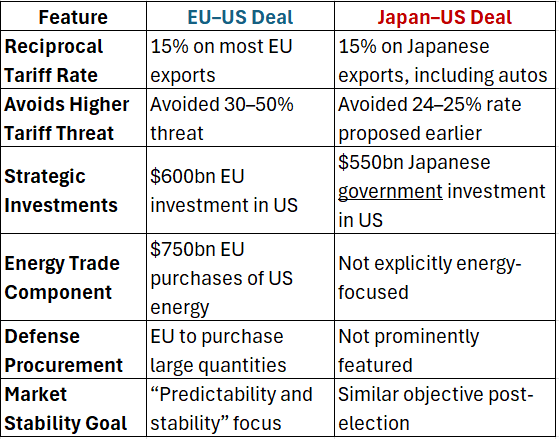
What to Watch This Week – Earnings Season
- Microsoft (July 30)
- What to watch: AI Monetization: Revenue from Copilot (Office 365 AI) and Azure AI workloads. Azure Growth Rate: Especially vs. AWS and Google Cloud.
Operating Margins: Affected by rising capex and AI infrastructure investments.
Guidance: FY26 revenue and margin outlook tied to enterprise IT budgets.
- What to watch: AI Monetization: Revenue from Copilot (Office 365 AI) and Azure AI workloads. Azure Growth Rate: Especially vs. AWS and Google Cloud.
- Meta (July 30)
- What to watch: AI Spending and Capex: Meta has ramped AI infrastructure spend; updates on returns are key. Advertising Growth: Trends in core ad revenue, especially Instagram and Reels. Reality Labs Losses: Investors continue to monitor the scale of metaverse investments. User Engagement: Monthly and daily active user growth in key regions.
- Amazon (July 31)
- What to watch: AWS Growth and Margins: Signs of reacceleration or margin compression. Advertising Revenue: Fastest-growing segment; signals consumer demand. Capex Guidance: Especially AI infrastructure spend and logistics investments.
- Apple (July 31)
- What to watch: iPhone Sales in China: Particularly post-tariff numbers and regulatory pressure impact. AI Strategy: Whether Apple is catching up in AI/edge computing. Services Revenue: Apple Music, App Store, iCloud, i.e. margin-rich segments. Gross Margins: Watch for any impact from component costs and FX.
- Exxon (Aug 1) and Chevron (Aug 1)
- What to watch: production volumes & mix, capital return strategies, whether they are well positioned to capture upside from EU-US trade deal and EU’s commitment to buy US energy.
Consumer & healthcare resilience:
- Reports from Mastercard (July 31), Visa (29 July), P&G (29 July), and healthcare names such as AstraZeneca (29 July), CVS (31 July), AbbVie (31 July), will help investors assess demand and margin pressure in light of tariffs and inflation.
July Shows Signs of Rotation Returning
One of the clearest themes in July has been the return of a rotational market, where leadership is shifting across sectors rather than being concentrated in just a few mega-cap names. A standout example: homebuilders, which have shown strong momentum, especially after names like D.R. Horton ($DHI) broke above their 200-day moving averages in a major way. These technical breakouts suggest further upside, particularly on any short-term pullbacks.
This strength in homebuilders is part of a broader improvement within Consumer Discretionary, which has been lagging but is now catching up. While some investors have worried about the market being too narrow, July’s bounce in previously underperforming sectors is helping ease those concerns. Notably, the S&P 500 Equal Weight is close to reaching new cycle peaks.
Materials are also participating in the rotation, with the sector showing its strongest technical breadth (stocks above their 200-day) in nearly a year. There are early signs that relative performance in materials is beginning to turn up, yet another positive development.
SPDR S&P Homebuilders ETF ($XHB)
The XHB rose by 5% last week, closing at 106.29. It also marked the fourth consecutive daily close above the closely watched 200-day moving average, offering hope for a potential long-term trend reversal. A strong resistance zone lies around the 112 level, as this area saw multiple touchpoints throughout 2024 and early 2025. On the downside, the 100 level serves as short-term support, where the ETF formed a bottom last week. Just below that level runs the 50-day moving average, which further reinforces the support area.
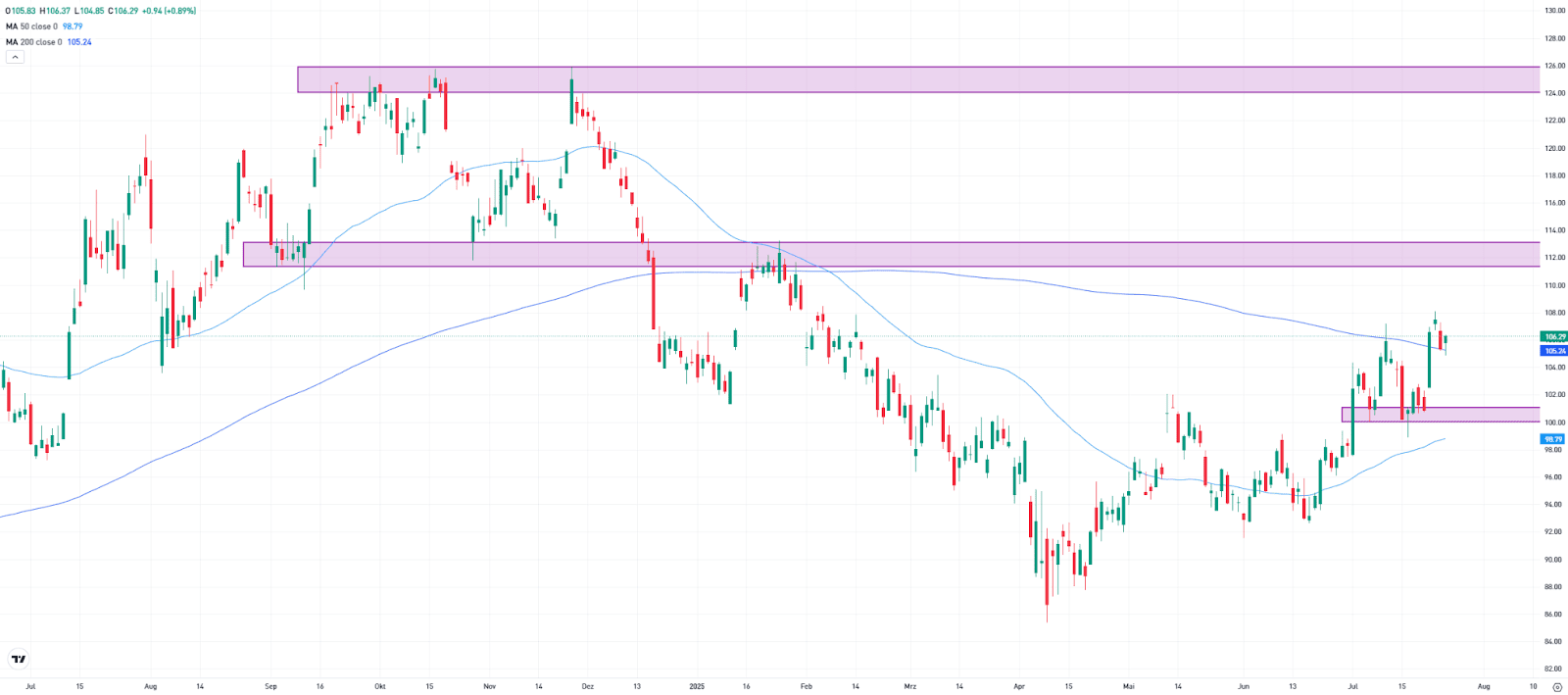
“Made for Germany”: A Buy Signal for Mid and Small Caps?
An intense race for investment and location competitiveness has broken out among countries such as the USA, China, and EU member states. The launch of the “Made for Germany” initiative is a direct response. It was founded by 61 companies with the goal of sustainably strengthening Germany as an investment location. The initiative aims to end the economic stagnation that has now lasted for three years. Alongside German corporations such as BASF, SAP, and Volkswagen, US giants like Nvidia, BlackRock, and Blackstone are also involved.
However, one critical point remains: the total investment volume is a mix of already planned and new capital commitments. The exact share of new investments is still unclear. Reports suggest that a three-digit billion euro amount in fresh capital is on the table. For context: 100 billion euros represent around 2.3 percent of Germany’s GDP. If this capital is truly additional and used efficiently, it would be an important step, but further measures would still be necessary.
MDAX as a sentiment indicator: It also remains uncertain which sectors, regions, or projects will specifically benefit from the “Made for Germany” investments. So far, there is a lack of transparency and clarity around implementation. Many companies in the MDAX and SDAX are highly dependent on the German domestic economy. An improvement in Germany’s economic framework conditions could open up above-average return potential for these stocks.
Over the past three years, the MDAX has gained just 16%, and on a five-year basis, the increase is only 15 percent. The index currently trades around 14% below its all-time high. Those who do not invest in the entire index should keep in mind that not every stock is likely to benefit equally. Investors should be selective and focus on quality companies with strong balance sheets, innovation capabilities, and solid market positioning.
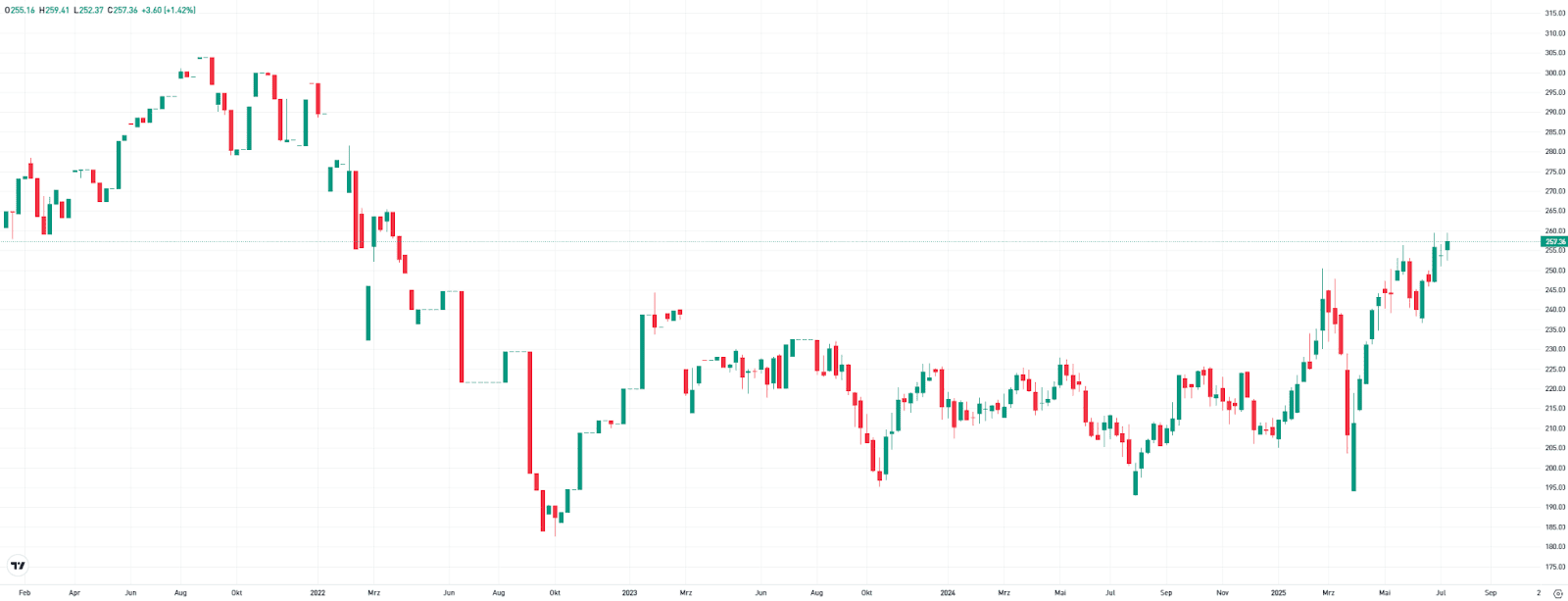
Bottomline: If large corporations remain committed to Germany, mid-sized businesses, suppliers, and regional ecosystems along the value chain will also benefit. However, without comprehensive structural reforms, there is a risk that the invested capital will fail to deliver its intended impact.
What You Should Know Before Investing in Tokenized Assets
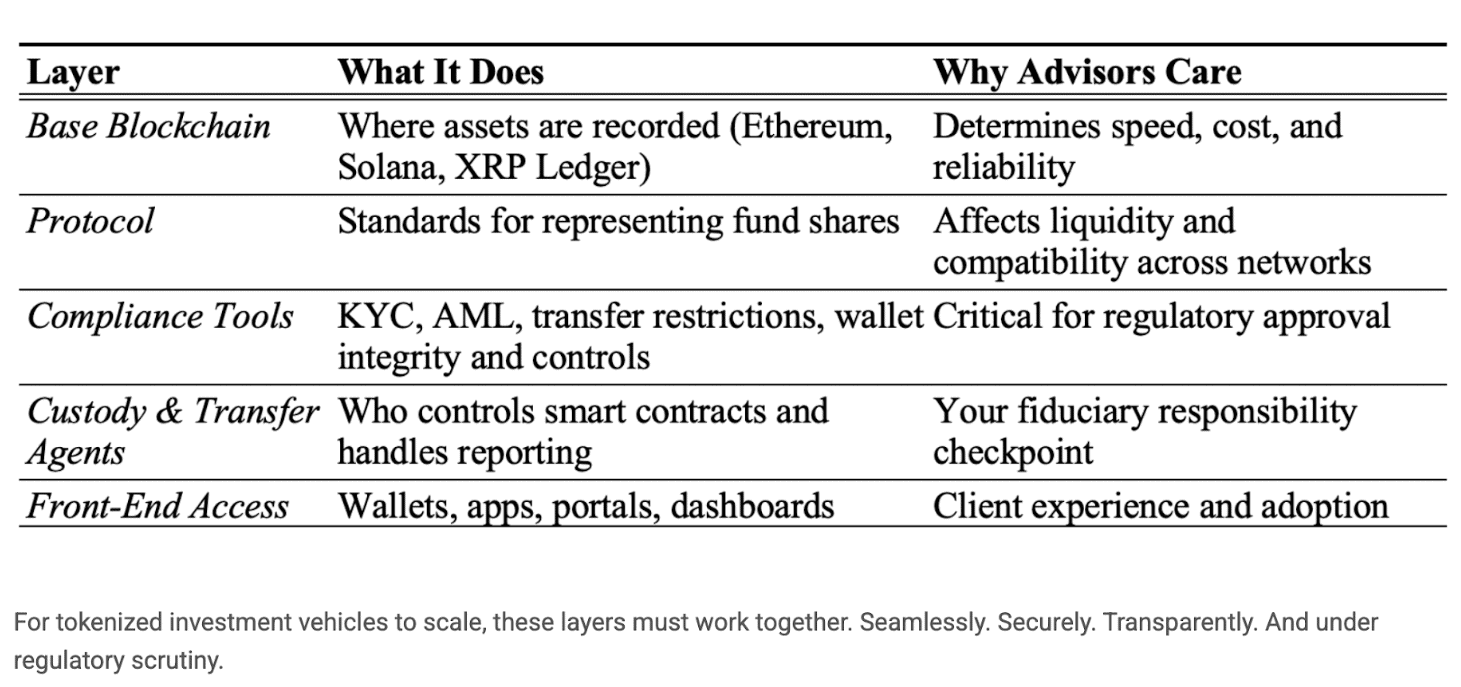
When it comes to investing in tokenized assets, there are five key layers working behind the scenes to make the system secure, fast, and easy to use. The base blockchain (like Ethereum or Solana) is where assets are stored: it affects how fast and affordable transactions are. The protocol layer sets the rules for how digital funds are created and traded. Compliance tools handle things like ID checks and fraud prevention, helping platforms stay legal and safe. Custody and transfer agents manage who holds your assets and how they’re reported, key for protecting your investments. Finally, the front-end access, like apps and dashboards, is what you actually see and use to manage your investments. When all five layers work well together, you get a smooth, secure, and trustworthy investing experience.
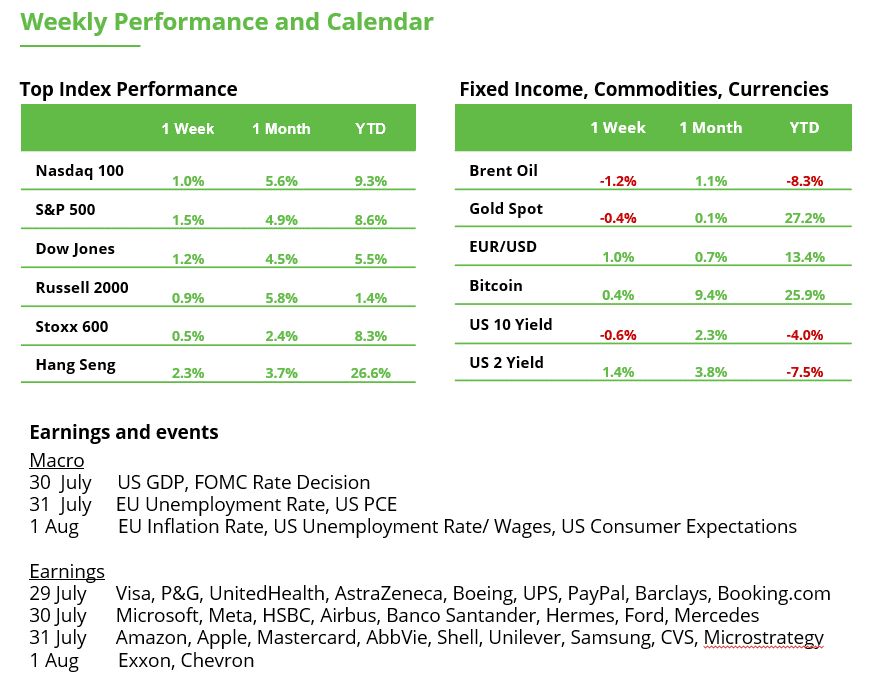
This communication is for information and education purposes only and should not be taken as investment advice, a personal recommendation, or an offer of, or solicitation to buy or sell, any financial instruments. This material has been prepared without taking into account any particular recipient’s investment objectives or financial situation and has not been prepared in accordance with the legal and regulatory requirements to promote independent research. Any references to past or future performance of a financial instrument, index or a packaged investment product are not, and should not be taken as, a reliable indicator of future results. eToro makes no representation and assumes no liability as to the accuracy or completeness of the content of this publication.

